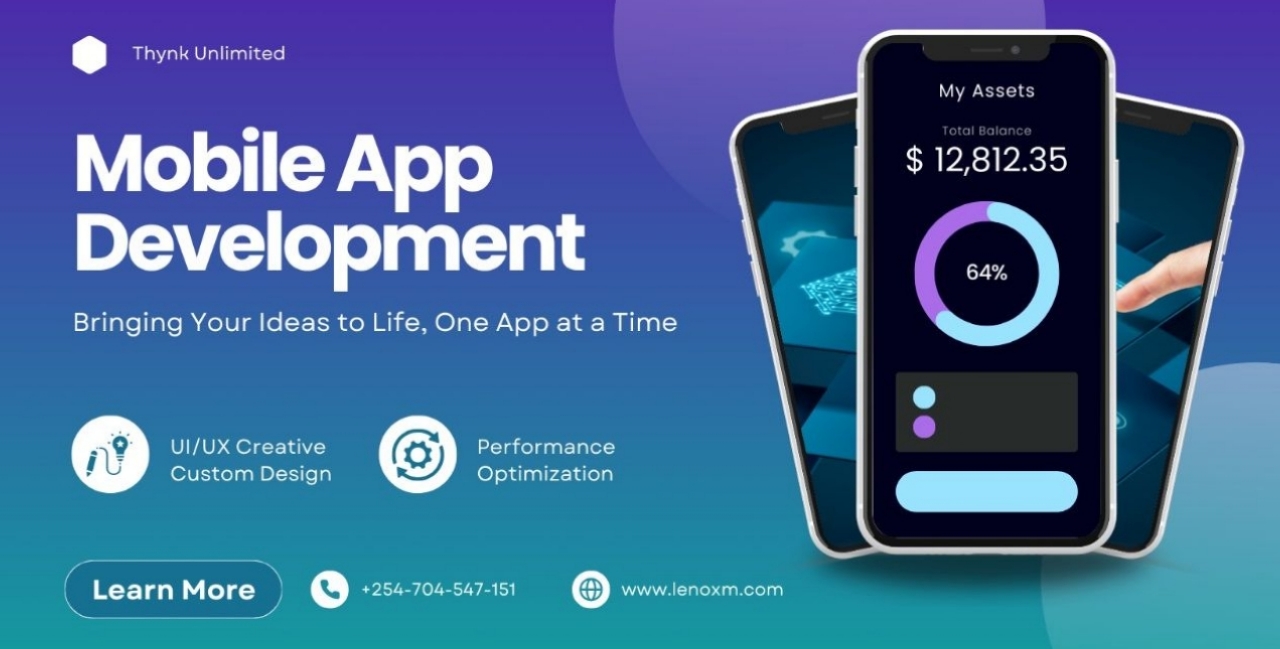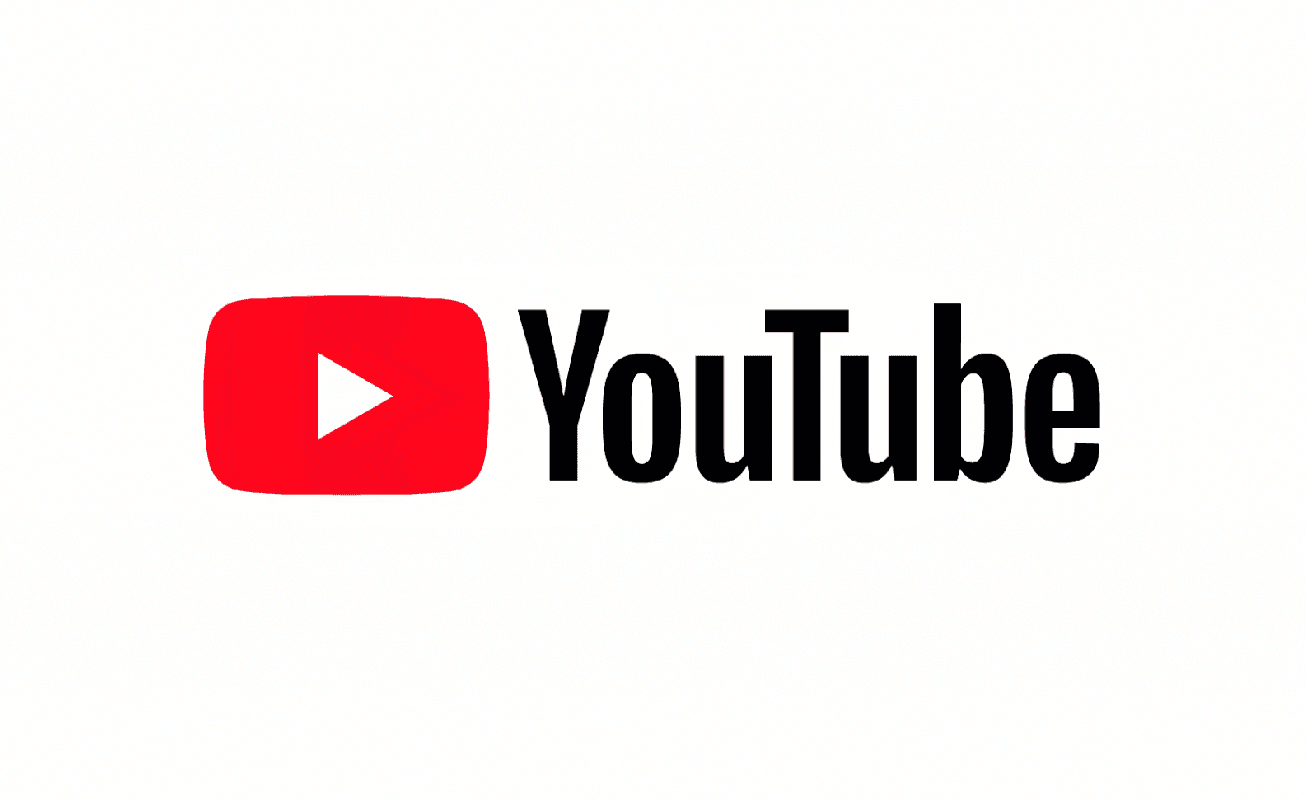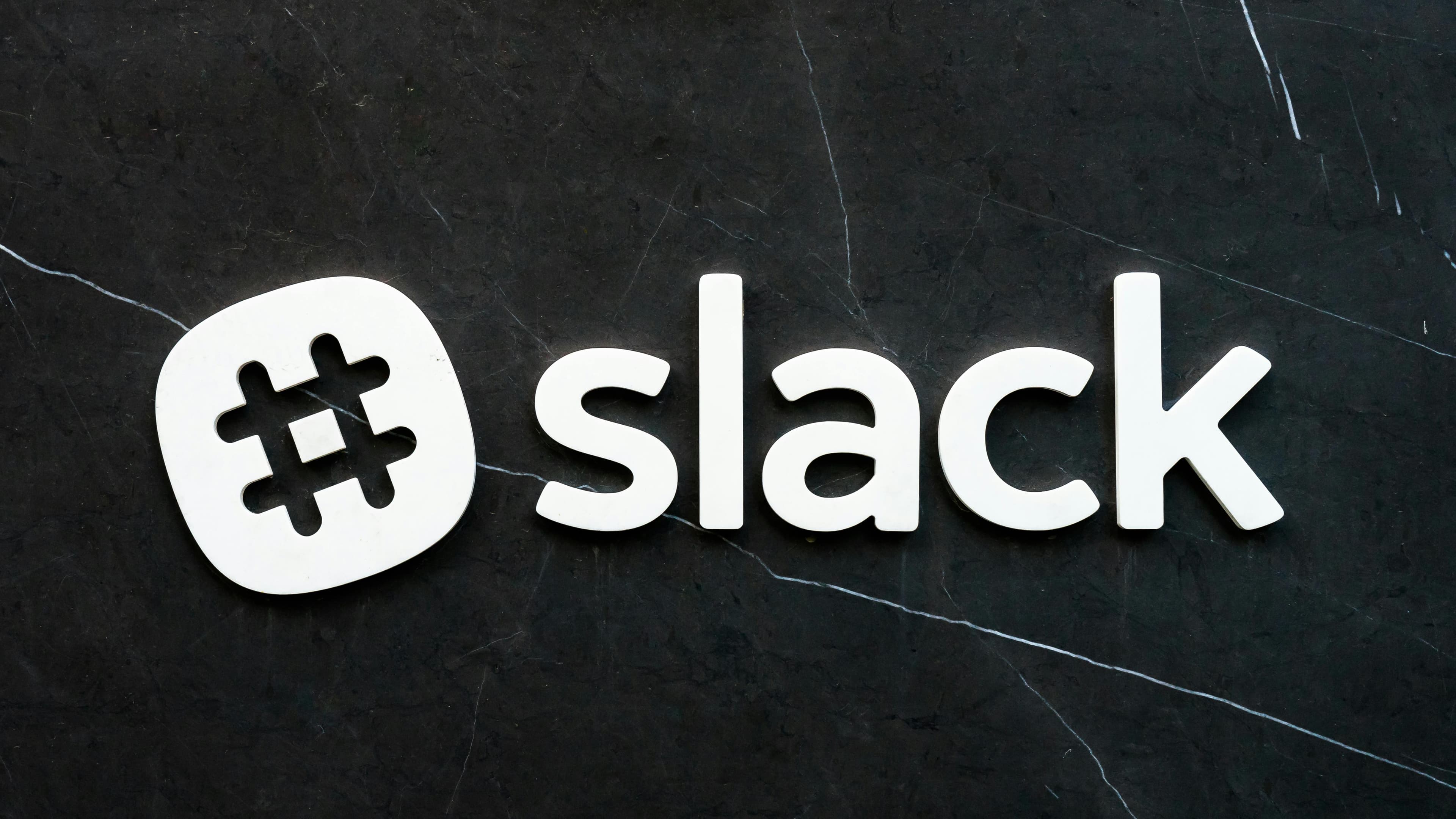There are many different opinions about which programming language is the best for beginners, but no matter which language you choose, there are some basic concepts you’ll need to understand.
Learning these fundamentals will lay a solid foundation for learning any language. As a programmer, your first language is just the beginning. There are always new languages and technology to learn.
Here are some of the most basic coding concepts:
Variables. You might remember the term variable from high school algebra. Don’t worry, you won’t have to solve any linear equations (that’s one thing computers do much better than people).
Variables are used in every programming language. They’re a way to store information so you can use it later.
A common example of a variable is the email signup box on almost every website you visit. When you enter your email, it’s stored under a variable that’s probably named something like “emailaddress.”
The programmer can then access all of the email addresses using that variable. That’s how marketers send you customized email messages.
If you’ve ever received an email addressed, “Hi, FirstName!” you’ve also seen this process go wrong.
Data structures. Data structures are collections of data that allow programmers to easily work with large amounts of data. In the example above, instead of creating a new variable for each email address, they’re all stored in a list under the variable “emailaddress.” A list is only one type of data structure. Some others include:
Trees
Arrays
Tables
Graphs
Queues
Heaps
Stacks
Control structures. Control structures dictate a program’s direction flow. These commands tell a computer to analyze variables and then select which action to take next based on given parameters.
A computer might start by executing commands in sequential order. When it comes to a predetermined condition, depending on the command, it will go in one direction or another.
Syntax. Every programming language has its own syntax. These are the rules that define the structure of the language. The syntax tells you exactly which words and symbols you need to use when you write your code.
Because computers don’t think, you have to be very specific when writing code. At some point, every programmer has sat at the keyboard trying to figure out why their code wasn’t working only to realize they were missing something simple, like a semicolon.
Tools. There are a variety of tools that make programming easier. A tool is a software program, such as an integrated development environment (IDE), that checks your syntax for errors, organizes your files, and autocompletes lines of code for you.
Because these are foundational concepts that apply to every language, there are many resources for learning them. You just need to understand the concepts because you’ll learn about how they’re handled when you’re learning the programming language.
There’s no best programming language to learn. Each comes with benefits and drawbacks. Some are better for particular use cases. If you’re learning to program for a specific purpose, choose the language best suited for that purpose.
If you want to keep your options open and find a high-paying job, two of the best programming languages to learn are:
1. Python is one of the most widely used programming languages. It’s easy to learn and versatile. Python is used in applications as varied as video game development, animation, and scientific computation.
2. Java is another versatile language that’s easy to learn. As a Write Once, Run Anywhere (WORA) language, it can be used on any platform.
AD.

Here are the Top 5 Easy programming languages to learn.
HTML
Hypertext Markup Language (HTML) is the language that is used to code most web pages. It uses tags and elements to define how text, images, and interactive forms can be displayed.
HTML is often supported by Cascading Style Sheets (CSS) to define sophisticated styles; and JavaScript for scripting programs. Its ease of use makes it an ideal language for new coders.
It is easy to learn because:
It has a simple structure with human-readable opening and closing tags
You can use a WYSIWYG editor and watch the code change in the split view
You can find and fix bugs easily.
JavaScript.
Along with HTML and CSS, JavaScript makes the internet. Front-end development swears by it. Using libraries like React and jQuery and frameworks like Angular, you can solve the web’s most complex problems. With Node.js, you also have server-side code covered.
It is easy to learn because:
It is made for non-programmers and is beginner-friendly. It is an ideal first programming language
It is so widespread that most browsers serve as default environments
You don’t need a compiler to see JavaScript in action and can see results instantly
JavaScript has a large community that’s helpful to new coders
C.
C is a general-purpose language that most programmers learn before moving on to more complex languages. From Unix and Windows to Tic Tac Toe and Photoshop, several of the most commonly used applications today have been built on C.
It is easy to learn because:
A simple syntax with only 32 keywords
Data structures are easy to understand
Python.
A successor to the ABC language, Python is a high-level general-purpose programming language. Python is a favorite among web developers, data scientists, ML/AI professionals, and embedded application developers.
It is easy to learn because:
The language is obsessive about code readability, often using English language words
It’s known for its generous use of whitespace, making it less intimidating
It has several libraries for various applications
It is supported by a huge community of programmers, who likely have the answer for all your questions
Java.
Java is a class-based, object-oriented general-purpose programming language. It is designed to function across environments—write once, run anywhere (WORA). It is one of the most popular languages among back end developers and security applications.
It is easy to learn because:
An intuitive syntax that’s concise and beginner-friendly
It is a structured language, leaving little room for deviation
If you have prior experience with object-oriented programming, it is even easier.
CONCLUSION.
Learning programming isn’t easy. However, with the right mindset and dedication, almost anyone can learn to code. Before you start, you should have a plan and understand what’s involved. You will need to set aside time to study and practice, so if your schedule is already packed, you may need to wait until you have enough free time.







